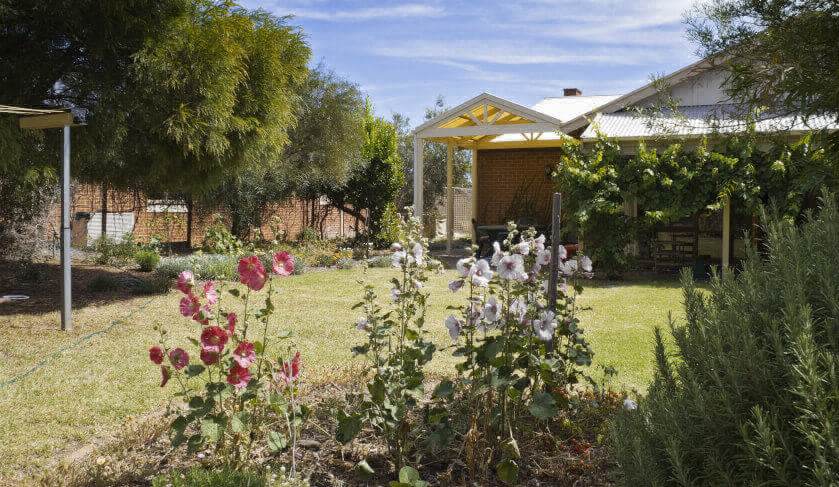The type of properties that could be home to termites and other pests
Whether you’re hiring a professional property inspector or not, BuildingPro founder Andrew Mackie-Smith believes that a property investor must be aware of the different factors that can determine the quality of their potential investment—from structural stability to cosmetic appeal.

As a licensed builder and inspector, Andrew has spent more than a decade making sure that properties are up to standards, and one of the most recurring issues he has had to face are termites and other pests. According to him, there are properties that are usually more prone to infestations, depending on the location.
“When you pull up to a property, if it's next to or backs onto a bush reserve—wow—that's a lot of termite pressure. If you can see a lot of trees on the property or you're… next to a park… that's a high risk,” he said.
Rotting timbers and inefficient drainage systems can also encourage the presence of termites in a property.
“If there's a lot of timber logs on untreated timber like those old railway sleepers, termites just love that [because] that's food for them. Termites will typically need rotting timber… and dampness,” Andrew explained.
“If you have a poorly drained site and you have a lot of rotting timber in the ground, like tree stumps or logs, untreated retaining walls, untreated landscaping timbers, that will attract a lot of termites to the property, [as well as] if you have leaking down pipes—all that dampness will create the right conditions. That's what you've got to watch out for."
His advice for property investors: Get a good and reliable property inspector who can help you reduce the risk of termites and other pests on the property you are looking to buy. Aside from that, inspectors can also recommend the best ways to maintain the good quality of your property.
“I've inspected plenty of houses that have been up for 50, 80 years or more, they've got no termite damage whatsoever, and that's because they have reduced the risks,” he said.
“Have all your gutters and downpipes all connected to the storm water systems so the ground stays dry. There's no stagnant water and the site is well drained and you're not having damp conditions. [Then], remove the logs, the tree stumps, the untreated timber from around the property… [and] fix any leaks promptly.”
A property inspection once a year is enough to ensure that the property remains in its best condition despite natural calamities, environmental elements, tenant turnovers, and other contributing factors.
The builder concluded: “Reduce those risks... Just get an inspection and get a good inspector on your team and you'll be all right.”
Tune in to Andrew Mackie-Smith’s bonus episode on The Smart Property Investment Show to know more about potential red flags in pest and building inspections and the ways in which investors can tackle these issues head-on.
